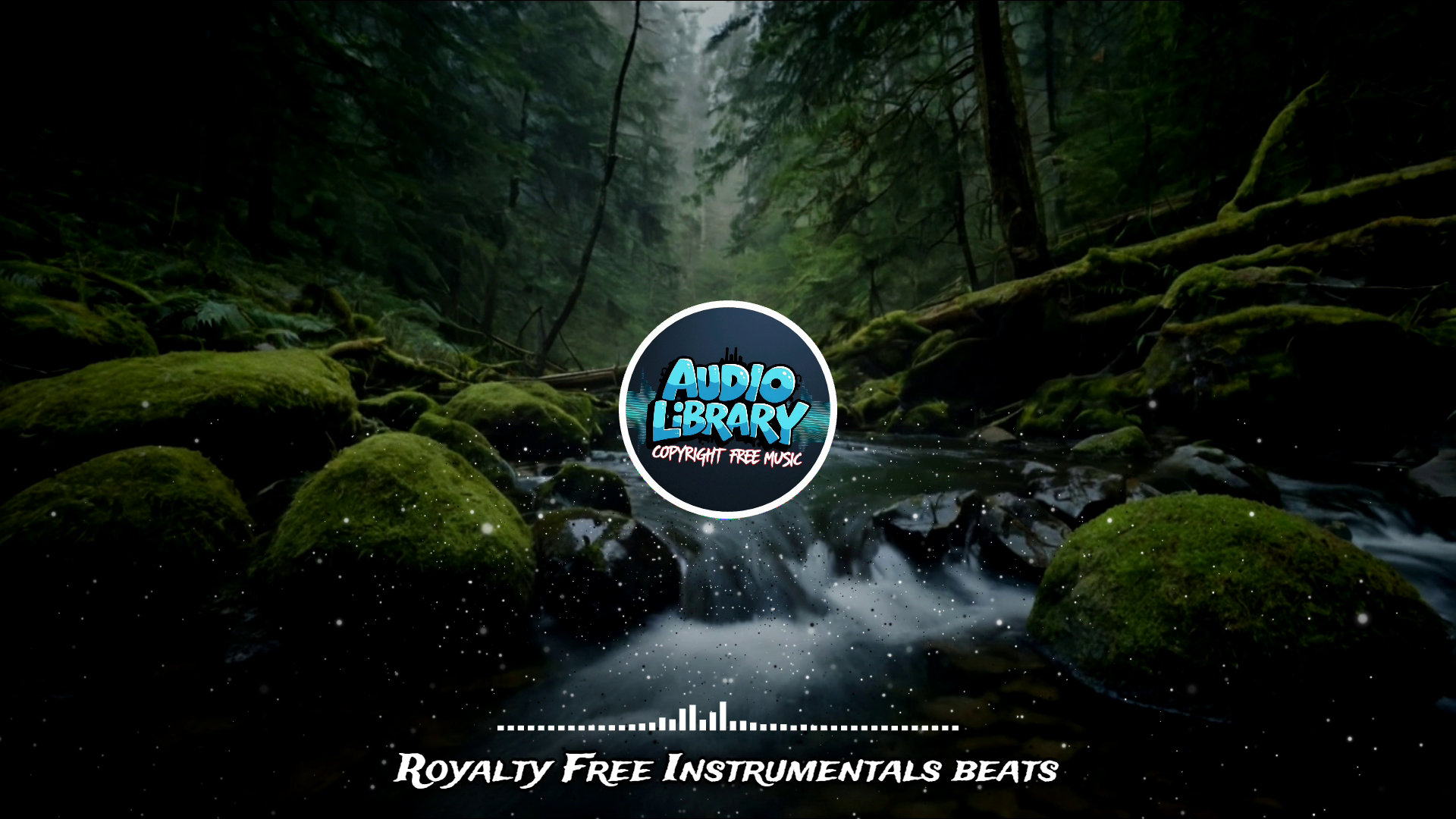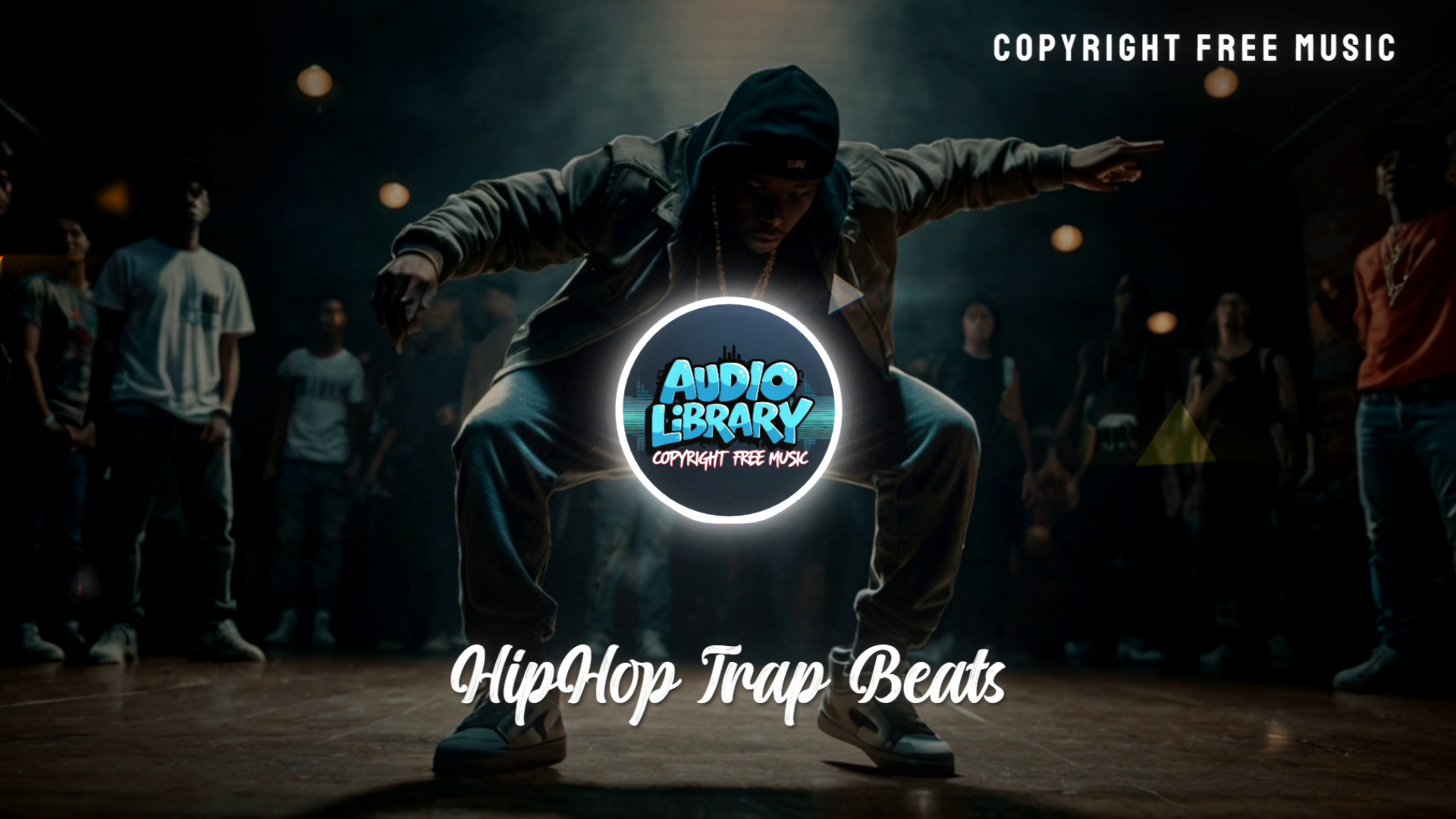Royalty-Free Instrumental Beats: The Ultimate Guide to Finding, Using, and Leveraging Music for Your Projects
In today’s content-driven world, finding the right background music has become essential for many creators, from video editors and YouTubers to podcasters and marketers. Royalty-free instrumental beats provide a cost-effective and flexible option for adding music to various projects without worrying about complex copyright issues or repeated licensing fees. In this guide, we’ll walk you through everything you need to know about royalty-free beats, from where to find them to how to use them legally and creatively.
Understanding Royalty-Free Music
When people hear “royalty-free,” they sometimes think this music is “free of cost.” However, royalty-free music refers specifically to music you can license with a one-time fee or under a subscription, allowing you to use it without ongoing royalties. Unlike copyrighted music, royalty-free beats do not require you to pay fees each time you use them or play them in public (after the initial licensing).
Royalty-free music offers creators the ease of purchasing a license for a track and then using it as often as needed under the license terms. However, it’s important to know that “royalty-free” doesn’t mean “copyright-free.” The artist or producer often retains copyright, and you’re paying for the right to use their work.
Benefits of Using Royalty-Free Instrumental Beats
Using royalty-free beats offers creators several advantages:
- Cost Savings: Licensing a royalty-free beat is typically a one-time fee, unlike traditional licensed music that may incur costs each time it’s used.
- Legal Peace of Mind: With royalty-free beats, you know the terms and limitations, allowing you to avoid copyright claims and complications.
- Time Efficiency: Royalty-free music libraries make it easy to find the right sound, often through extensive categorization and search options, so you can quickly locate the beat that matches your project.
These benefits make royalty-free beats ideal for all creators, regardless of the scale of their projects, ensuring an easy, risk-free way to enhance their work.
Common Uses for Royalty-Free Beats
Royalty-free beats can be used across many types of media:
- Video Content: Background music in YouTube videos, marketing ads, or tutorials can create emotional impact and engagement.
- Podcasts and Radio: Beats can add depth to storytelling, set a tone for each episode, or signal transitions within the show.
- Commercials and Social Media: Instrumental beats offer an easy way to add music that complements visuals in ads without the high costs associated with mainstream music licensing.
- Personal Projects: Hobbyists can elevate home videos, DIY projects, and personal presentations with well-chosen beats.
Different Types of Instrumental Beats
Royalty-free beats come in countless styles and genres, each suited for different purposes:
- Genre-Based Beats: Hip-hop, jazz, lo-fi, EDM, or classical instrumentals are popular choices that serve different project types. Hip-hop beats often create an energetic vibe, while lo-fi brings a relaxing, atmospheric tone.
- Mood-Based Beats: Many libraries offer beats categorized by mood, such as “uplifting,” “mysterious,” “inspiring,” or “dark,” allowing you to match the music to the emotional tone of your project.
- Duration and Looping: Shorter beats or those designed to loop seamlessly are perfect for short social media clips, while longer beats work well for longer videos or presentations.
Understanding these categories can help you select a beat that perfectly aligns with the narrative or tone of your project.
How to Choose the Right Beat for Your Project
Selecting the right beat involves several considerations:
- Determine the Mood: What feeling or atmosphere are you trying to create? Choose beats that align with the energy or emotion of your content.
- Match the Tempo: Tempo and rhythm should align with the pacing of your visuals or narration. For example, fast beats can make a high-energy scene more exciting, while slower beats are ideal for reflective moments.
- Genre and Style: Each project type benefits from different genres. Podcasts might suit subtle, ambient beats, while vlogs often work well with light, upbeat music.
These elements help ensure that the beat contributes positively to the overall impact of your content.


